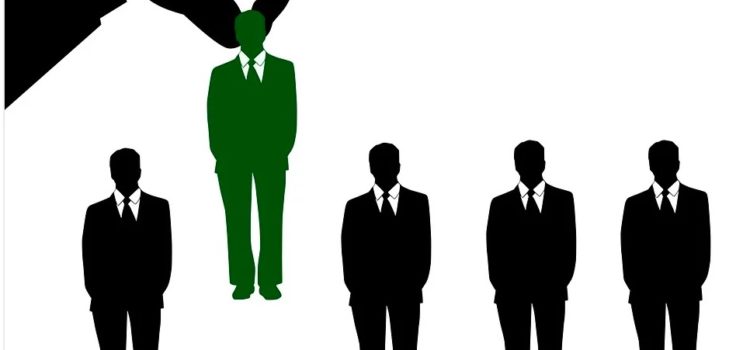What are the qualities of a good manager? Do all managers share the same traits? In The Making of a Manager, Julie Zhuo explains that great managers motivate people to work toward a shared goal. They do this by upholding an inspiring vision, establishing trust, and communicating clear expectations. Learn the qualities that good managers exhibit.
What Are the Qualities of a Good Manager?









